Revolutionizing Distance: The Future of Long-Range EVs
The electric vehicle market is undergoing a groundbreaking transformation, with 2025 marking a new era of high-efficiency, long-range EVs.
No longer just city commuters, the latest models boast exceptional driving ranges, making cross-country travel possible without frequent charging stops.
Advances in battery technology, aerodynamics, and energy efficiency have pushed the boundaries of what EVs can achieve, offering drivers a seamless blend of performance, sustainability, and convenience.
The Science Behind Extended Range
The leap in EV driving range is powered by innovations in:
- Next-Generation Battery Chemistry: Automakers are transitioning from lithium-ion to solid-state batteries, which offer higher energy density, reduced weight, and longer lifespan.
- Advanced Regenerative Braking: Modern EVs recover more energy during braking, significantly improving range.
- Ultra-Efficient Power Management Systems: AI-driven energy distribution software ensures optimal battery use by adjusting power output based on driving conditions.
These enhancements allow electric cars to travel farther on a single charge, closing the gap between EVs and traditional gas-powered vehicles.
Top Longest-Range Electric Cars in 2025
Several new and updated models dominate the long-range EV segment, delivering impressive mileage and cutting-edge technology.
1. Tesla Model S Plaid+
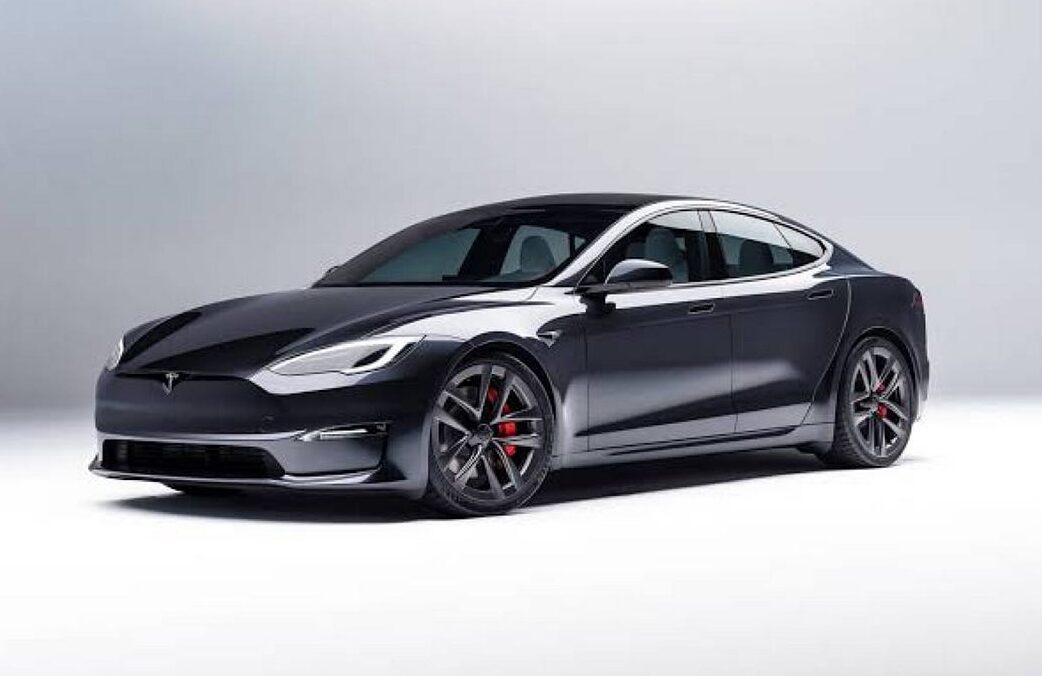
- Estimated Range: 520+ miles
- Breakthrough: Tesla’s next-gen 4680 battery cells boost range and fast-charging capability.
2. Lucid Air Grand Touring
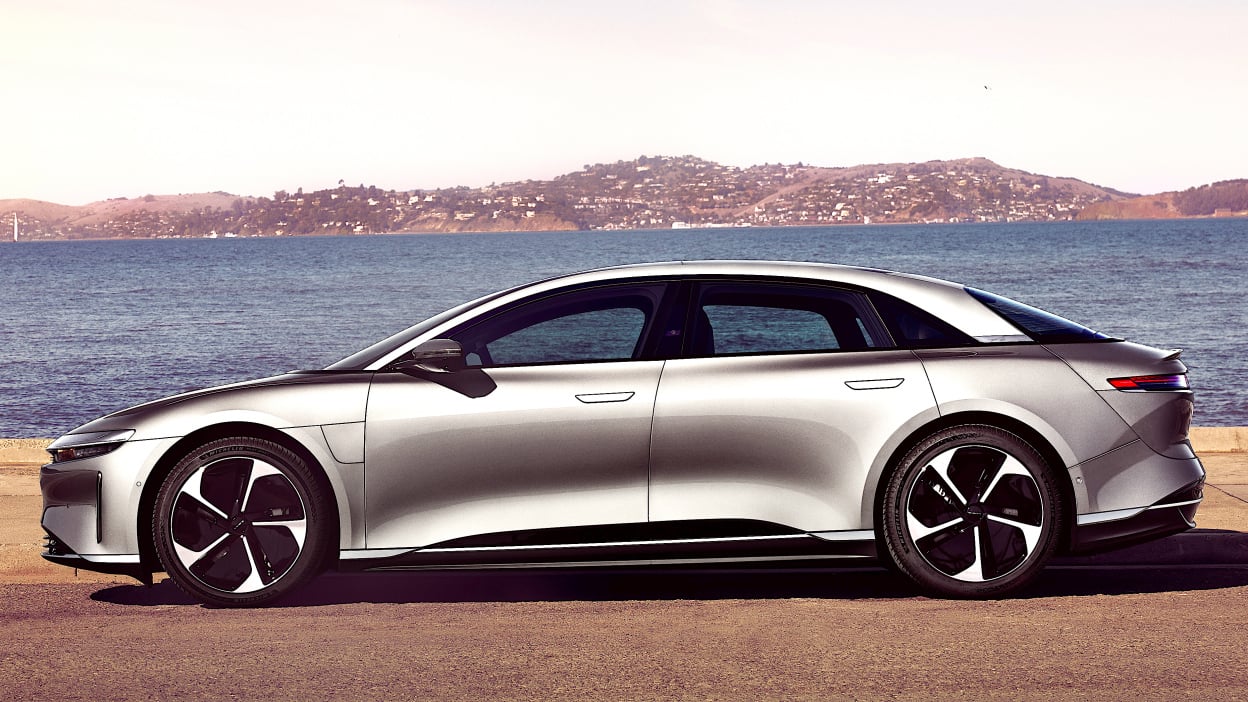
- Estimated Range: 516 miles
- Breakthrough: Industry-leading aerodynamics with a 0.197 drag coefficient, maximizing efficiency.
3. Rivian R1T Max Pack
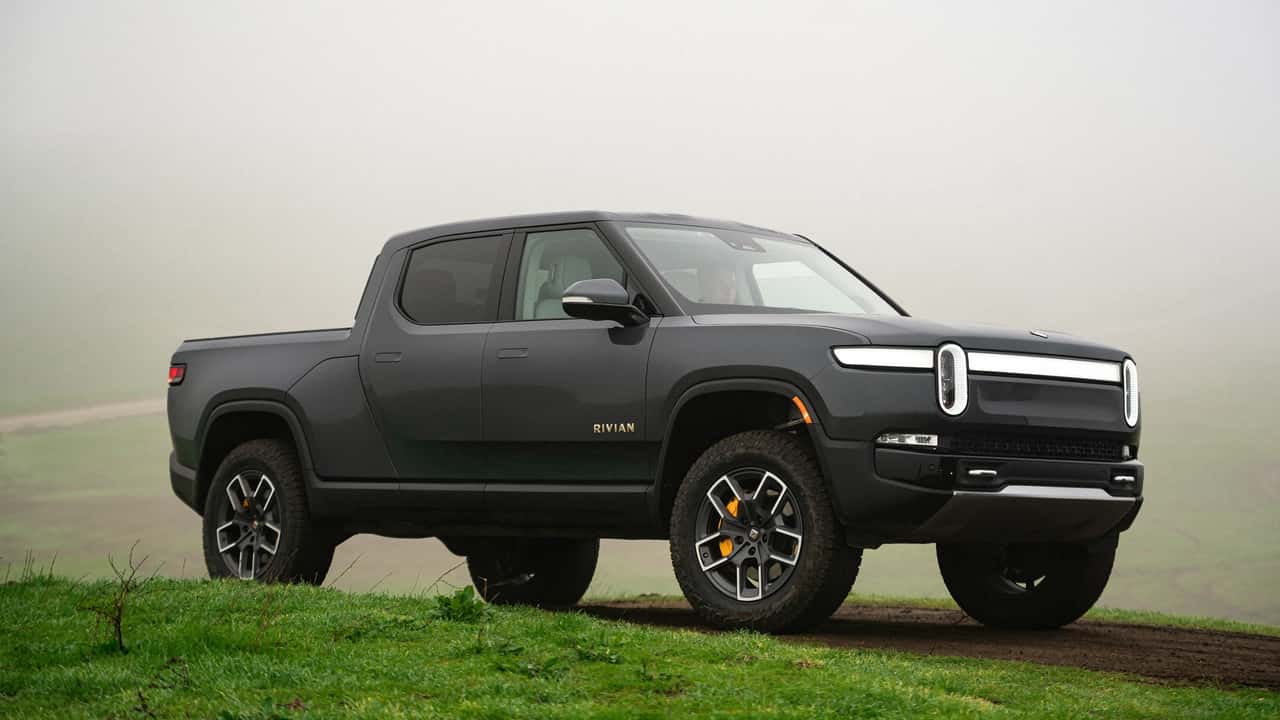
- Estimated Range: 400+ miles
- Breakthrough: A rugged electric pickup designed for adventure, integrating off-road capability with long-range performance.
4. Mercedes-Benz EQS 580 4MATIC
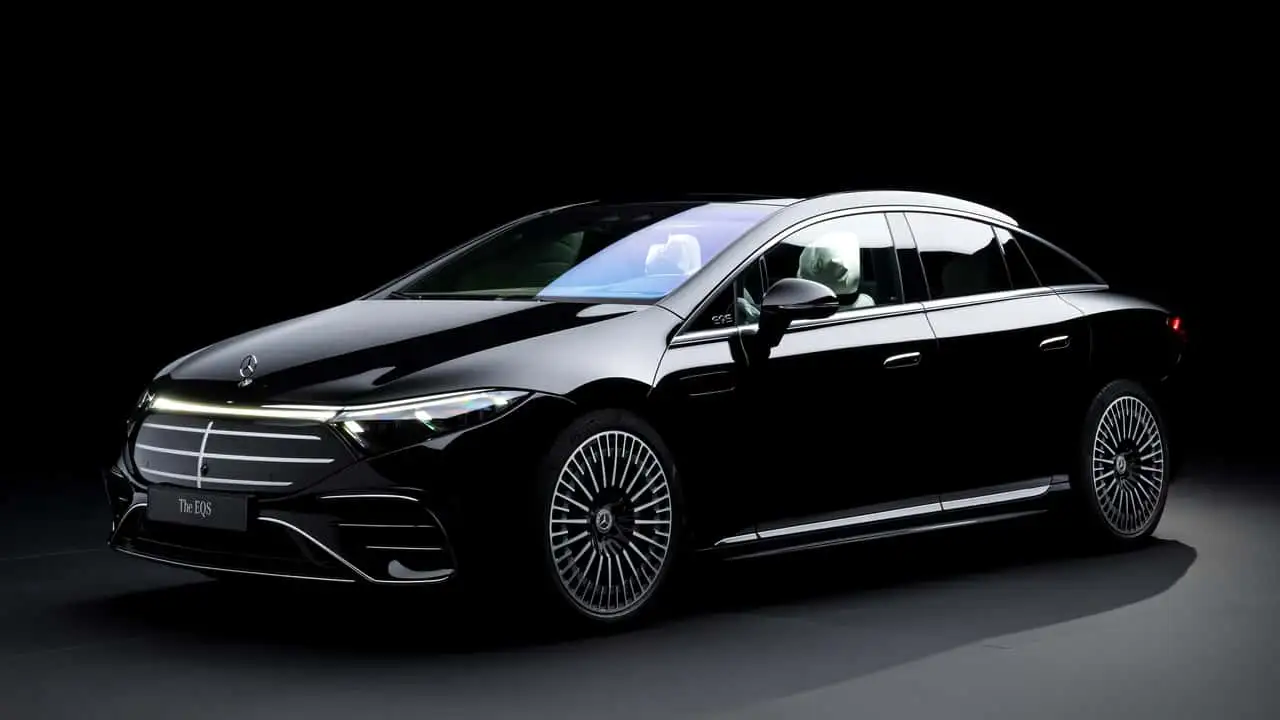
- Estimated Range: 375+ miles
- Breakthrough: Uses an intelligent energy recovery system, optimizing power usage for extended drives.
5. Chevrolet Blazer EV
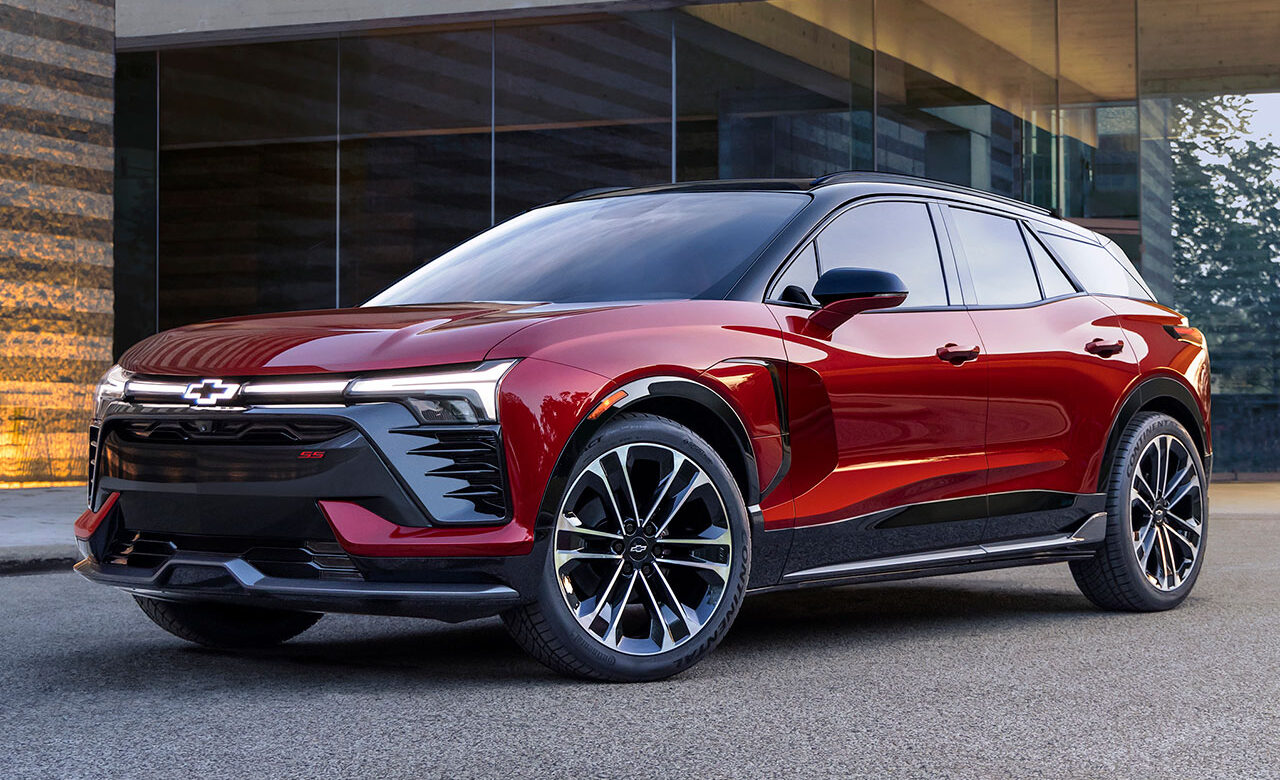
- Estimated Range: 320+ miles
- Breakthrough: A mid-size SUV that combines a spacious interior with an extended driving range, making it a versatile family-friendly EV.
How EV Aerodynamics Extend Driving Range
Beyond battery improvements, vehicle design plays a crucial role in achieving longer distances:
- Lower Drag Coefficients: Streamlined body shapes reduce wind resistance, increasing efficiency.
- Lightweight Materials: Carbon fiber and aluminum alloys decrease vehicle weight without sacrificing durability.
- Adaptive Energy Systems: AI-powered predictive driving modes optimize energy use based on terrain and weather conditions.
These engineering refinements ensure that EVs can go farther with every charge, making them more practical for long-distance travelers.
Expanding Charging Networks for Better Road Trips
Even as EV ranges increase, charging infrastructure remains a critical factor:
- Ultra-Fast Charging Stations: Networks like Tesla Supercharger V4 and Electrify America Hyper-Fast can add over 200 miles in 15 minutes.
- Solar-Powered Charging Solutions: New stations harness renewable energy to power EVs more sustainably.
- Automated Charging Integration: Vehicles now include AI-driven navigation systems that map out optimal charging stops.
These advancements make long-range EVs more accessible and convenient, addressing range anxiety and ensuring stress-free road trips.
Innovation Without Limits
The long-range electric vehicle revolution is redefining the way Americans drive, offering unparalleled freedom without compromise. With next-gen battery technology, ultra-efficient designs, and expanding fast-charging infrastructure, EVs are becoming the dominant force in the automotive world.
As automakers push the boundaries of range and efficiency, drivers can expect an exciting future where charging stops are rare, and road trips become limitless.


